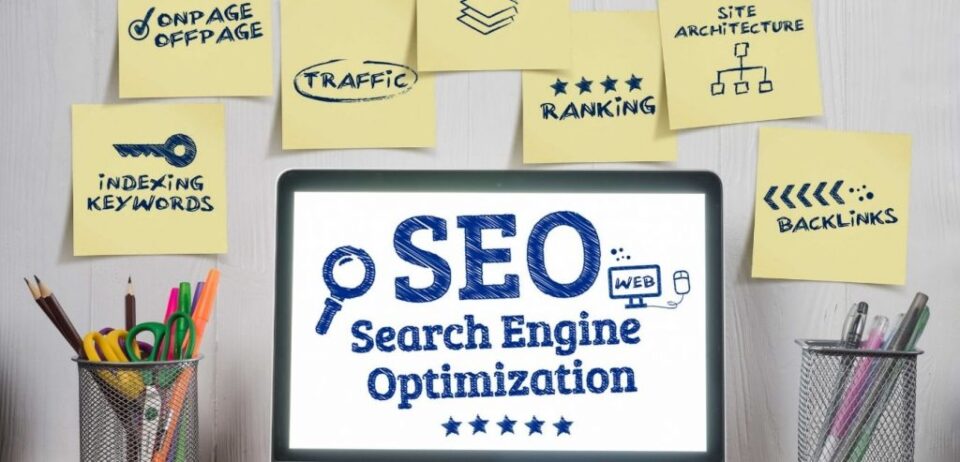One of the hardest parts about growing a SaaS company is acquiring quality users who will stick with the software solution for the long term. While building a software solution that is niched out appropriately is challenging enough, actually getting users to adopt the software is equally as difficult. Aside for hiring an excellent sales team that goes after leads using LinkedIn Sales Navigator and other platforms, the best way to acquire leads for your SaaS software is by using SEO. However, to do this, you first need an SEO strategy for your SaaS company.
Creating an SEO SaaS Strategy
An SEO SaaS strategy requires a different mentality than SEO for other types of businesses such as ecommerce or specialized services such as law or contracting. This is because the buyer personas you are targeting for your SaaS product actually need to be the type of people who will want to use the product.
While an ecommerce store can pretty much target anyone (for example, a men’s clothing store can just target men), a SaaS solution needs to be far more specific. This is because there are other SaaS products already on the market and the best way to beat them is to niche down to a specific industry in order to appeal to a specific demographic. One excellent way to do this is to look at the SERPs. The SERPs, or search engine result pages, are simply pages that Google creates based on a target keywords. For SaaS companies, a great way to utilize the SERPS is to actually analyze the content of the pages for target keywords. To start, you need to holistically take a look at the results of each SERP that has a keyword that you may want to target.
For example, you may find a keyword that has ‘software’ in it but that is dominated by a much larger competitor. In that case, you may want to avoid trying to optimize toward that keyword and instead pick a keyword that is both realistic and attainable but can also increase your ROI. That means that the keyword would not just be content-oriented but also be one that will help you convert and win a new user based on your valuable insight into a content topic or topic cluster. For SaaS companies specifically, this can be anything from how software can help to solve a specific problem to how the problem can be addressed at all. Typically these take the form of guides.
Once these guides or content assets are completed, it is time to further analyze the SERPs and see what if any backlinks have been built to the top results for the keyword or keyword cluster you are targeting. You then want to build an equivalent or greater number of backlinks to your content asset than other SaaS competitors have done in order to get the content to rank. You can do this by reaching out to other websites, building your own editorial links, or even engaging in a targeted digital PR campaign.

